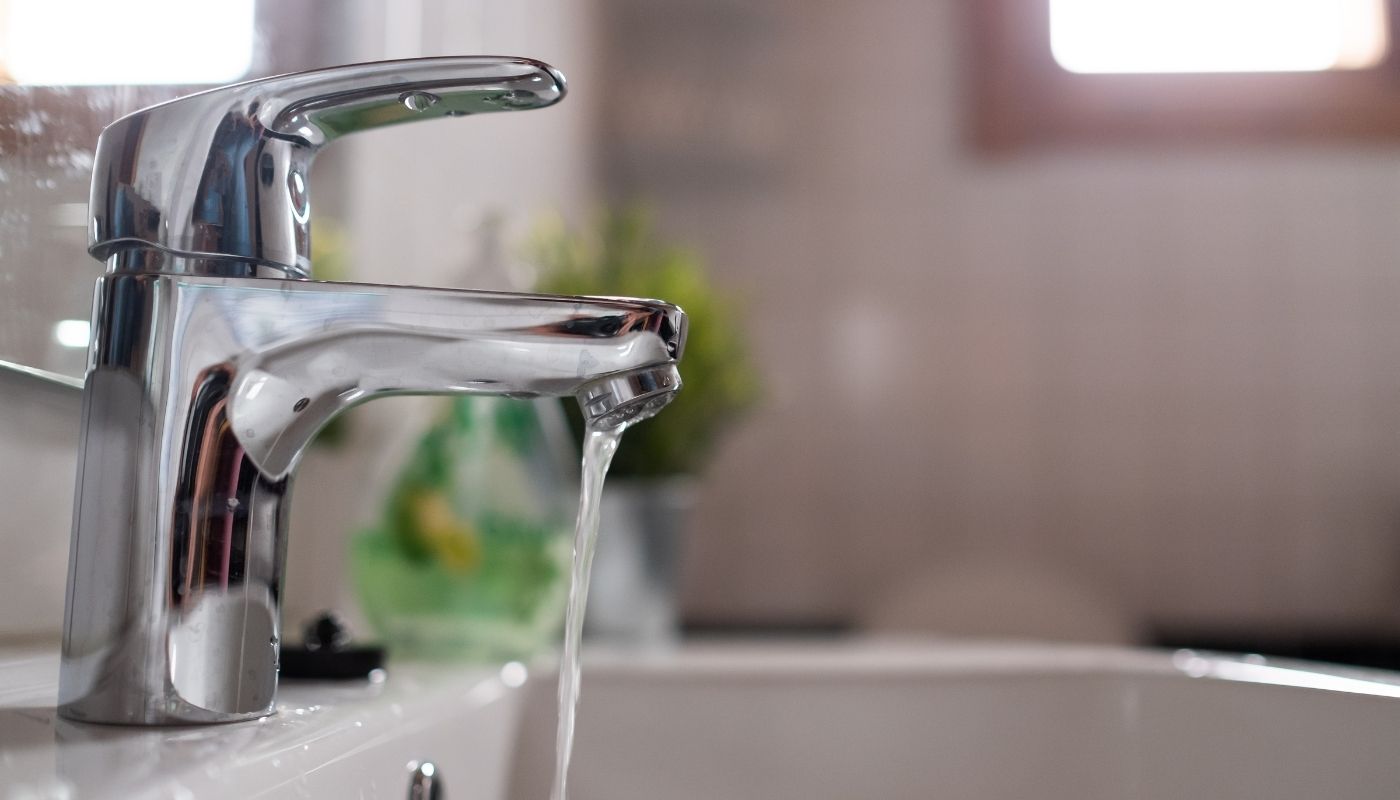A sudden reduction in the flow of water from your faucets or shower might be resolved with these tips for how to fix low water pressure in your home.
Determine if the Problem Exists Throughout the Home
If there’s low water pressure in the shower, turn on a faucet to see if it’s also affected. If the pressure problem is limited to the shower head or a single faucet, there may simply be buildup of mineral deposits or sediment in the fixture. Soak the affected fixture with distilled white vinegar to loosen up mineral deposits and get the water flowing again.
For a faucet, check for sediment in the aerator and clean it out. You can also soak the aerator in vinegar for a few minutes.
Figure Out if Both Hot and Cold Water Are Affected
If the cold water is flowing fine, but the hot water has low pressure, the problem may be in your water heater. Make sure the water heater’s shut-off valve is fully open.
Check for Leaks
If there’s low water pressure throughout your home, the problem isn’t with individual fixtures. Inspect appliances, toilets, dishwashers, and washing machines to see if you notice leaks. A leaking supply line can reduce water pressure to other fixtures.
Also look at your front yard. If there is water seeping through the sidewalk or roadway or are soggy spots or standing water, and it hasn’t rained recently, your water supply pipe might be leaking. Turn off all the faucets and all water-consuming appliances in the house. Then look at your water meter. If the dials or numbers are still moving, something is leaking. Contact a plumber licensed for exterior, underground work to determine if it’s time for a new water main pipe installation.
The licensed plumber’s investigation for an external leak would include a noise test on the water main at the point where it enters your home near the front foundation wall. If all of the plumbing fixtures within the house are closed and the noise test picks up on running water in the form of a vibration or a hissing noise, there’s a good chance your water main is leaking in between your house and the city main located in the roadway. It’s common for a leaking water main to cause a reduction in water pressure within your home.
Inspect Valves
Locate your main water shut off valve. You’ll usually find the valve in the basement, just beyond where the water supply enters the foundation wall. Make sure it’s completely open.
Turn a round knob counter-clockwise to open it fully. If there’s a straight handle, make sure it’s completely parallel to the water pipe.
If you have any questions regarding the functionality of your valve, the piping should be disassembled and your licensed plumber should perform a pressure test to determine the volume of water coming from the city main in the street. If you have sufficient pressure, then it will assist you in determining the source of the pressure problem
Another way to fix low water pressure is to adjust your pressure reduction valve. It’s usually a bell-shaped valve with a protruding screw or bolt just beyond the shut off valve. Turn it gently counter-clockwise a bit to increase pressure. Go slowly—a sudden increase in pressure can damage your pipes. If the valve looks corroded or is stuck, contact a plumber to replace it.
Call the City Water Department
If none of these solutions solve the problem, and you’re not using all the appliances and shower in the house at the same time, call the city water department to find out if there’s an issue with the main supply. There might be work going on, or hydrant flushing, or other issues taxing the city supply temporarily. The city water department should be able to tell you when the problem will resolve.
The final option to investigate would be your connection point on the city main, referred to as the tap connection. In some cases, the tap connection valve is undersized and won’t provide adequate volume or pressure into the home. In other cases, the tap may be clogged and simply need to be unclogged with a special tool.
The down side with a tap connection problem is that it always requires an exploratory excavation of the roadway. This should serve as the last step if you have narrowed out all other variables as it tends to be costly when obtaining city street opening permits, hinging a crew to excavate and re-surface the roadway upon completion.





















